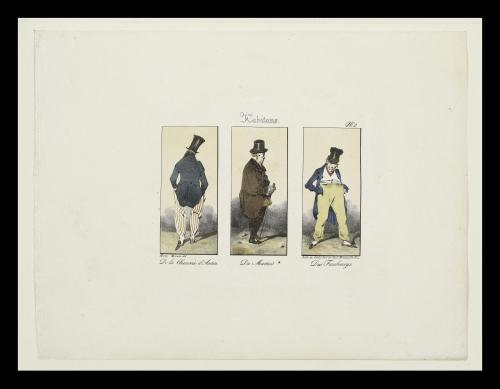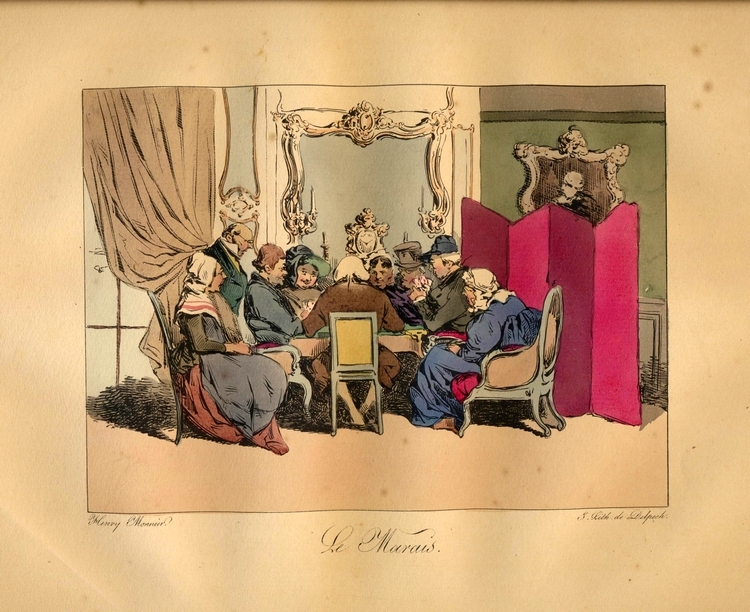
The social situation on the Right Bank was a study in contrasts between the east and the west.
Entirely to the east lay the unfavourably situated working-class districts. The Marais, built up in the 17th century with mansions belonging to great families, had severely depreciated, and the once-splendid homes, now run down, housed mainly members of the petty bourgeoisie or artisans little concerned with the appearance of their homes. To the West, on the contrary, new neighbourhoods were taking shape in the 19th century. The Chaussée d’Antin, Place Vendôme and le Faubourg Montmartre attracted the upper classes and the world of finance from the time of the Empire. The Faubourg Saint-Honoré (which stopped then at the church of Saint-Philippe du Roule), drew the aristocracy with its fashionably refined mansions, and from the time of the Restoration competed with the Faubourg Saint-Germain.
‘The thing known in France as the Faubourg Saint-Germain is neither a Quarter, nor a sect, nor an institution, nor anything else that admits of a precise definition. There are great houses in the Place Royale, the Faubourg Saint-Honoré, and the Chaussee d’Antin, in any one of which you may breathe the same atmosphere of Faubourg Saint-Germain. So, to begin with, the whole Faubourg is not within the Faubourg. There are men and women born far enough away from its influences who respond to them and take their place in the circle; and again, there are others, born within its limits, who may yet be driven forth forever. For the last forty years the manners, and customs, and speech, in a word, the tradition of the Faubourg Saint-Germain, has been to Paris what the Court used to be in other times; it is what the Hotel Saint-Paul was to the fourteenth century; the Louvre to the fifteenth; the Palais, the Hotel Rambouillet, and the Place Royale to the sixteenth; and lastly, as Versailles was to the seventeenth and the eighteenth. Just as the ordinary workaday Paris will always centre about some point; so, through all periods of history, the Paris of the nobles and the upper classes converges towards some particular spot.’
Honoré de Balzac, La Duchesse de Langeais, 1834 (translated by Ellen Marriage)

